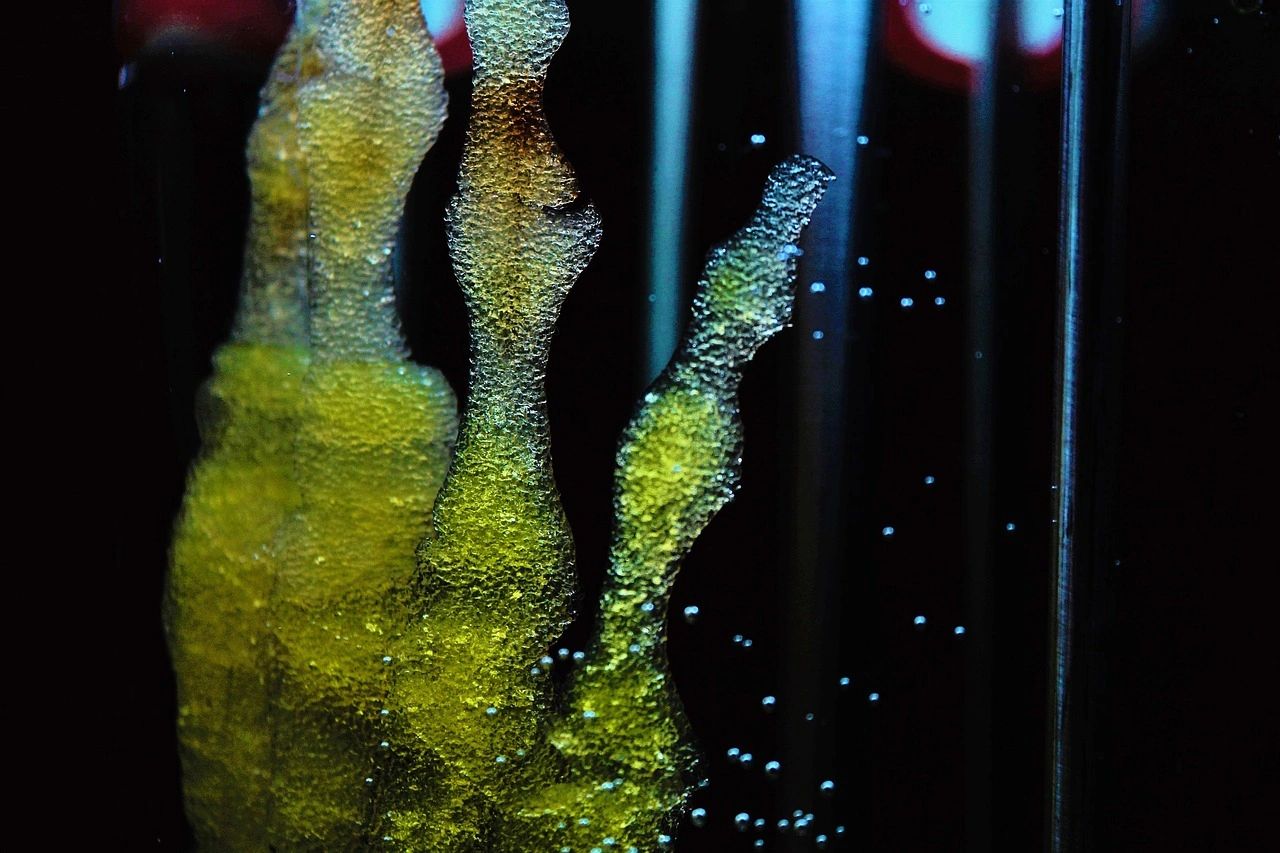
Part 1 – Additive Manufacturing of Medical Products
Lately, it seems like science fiction has exploded into the media. From the rapid delivery of effective vaccines against SARS-COV-2 to the first civilians in space, the pace of change is dizzying. This month’s series will focus on four technologies that are quietly being applied in new ways to the practice of medicine and health care, changing how we manage the human condition.
Additive manufacturing is the process of creating an object by building it one layer at a time. This typically occurs through a 3D printing process. It’s hard at first to see how additive manufacturing might work in practice for medical products. However, this technology is ideal for applications that are complex or highly customized, keeping the lot sizes small. In this post, we’ll take a look at how additive manufacturing, also called bioprinting, is being proposed for use in custom medical devices, 3D in vitro models for drug development, and even replacement tissues and organs.
Medical devices like prosthetic limbs or replacement joints are typically mass-produced and then ‘fit’ to the patient through a variety of manipulations, not all of which are optimal. Bio-printing offers more options for customization of these devices because the process starts with a digital scan or model to ensure a perfect fit. These better-fitting devices have improved function, usability, and lifetime for the user. Newer printers can incorporate more than one material into a bio-print, enabling objects like replacement joints that typically have parts with different flexibility and strength requirements. Materials that inhibit microbial growth may also be incorporated into the print, which can help combat surgery-related infections. Scientists at the University of Nottingham were recently able to demonstrate the printing of multi-materials that showed strong inter-material bonding as well as reduced biofilm coverage compared to the silicone rubber material normally used for this application.
The pace of early drug development is limited by the assays used to screen new candidates for pharmacological, toxicological, and metabolic properties. Significant advances have been made in using automation and micromanufacturing to improve the speed and relevance of these assays. Microfluidic devices which optimize the use of precious reagents in chemical/biochemical assays have been available for a few decades now. Newer models include cell- and tissue-culture platforms intended to mimic organ systems. Nevertheless, tissue-bearing models that more closely mimic the function of human tissues are needed to decrease the time to clinic and reduce the number of animals used in drug development, and advances in bio-printing will make this possible in formats that are automation-ready. For example, researchers at the University of California San Diego have demonstrated a rapid technology capable of printing complex nano-structures needed for 3D cell culture systems into an entire 96-well plate in 30 minutes. The printed polymer scaffold contains live cells that, when cultured, become a living biological structure mimicking the actual in vivo tissue.
It’s an easy mental leap from working 3D tissue models to fully functioning replacement tissues and organs; however, the technical challenges of actually producing them are much greater. The significant advantages presented by replacement tissues grown from the recipient’s own cells and the shortage of tissue and organ donors make those technical challenges worth the investment. Single tissue types will be the first to transform patient lives. For example, researchers at the University of Alberta used bio-printing to create a hydrogel structure with embedded cartilage cells that, when further cultured in the laboratory, results in a tissue identical to normal cartilage. They are working towards clinical studies to use bio-printed cartilage for reconstructive surgery following the removal of facial lesions caused by melanomas. Researchers are also developing techniques to optimize cell position in the bioprinted matrix, so the resulting system mimics actual tissues. They hope to use this approach to create fibrous tissues like muscles, tendons, or ligaments. Wake Forest researchers have had success with replacements for four categories of tissues and organs. Additive manufacturing company 3D Systems, founded by the inventor of stereolithography Chuck Hull, has announced plans to expand their investments in regenerative medicine after breakthroughs in bio-printing prototype lung replacements.
Additive manufacturing, in the form of bio-printing, is one of the technologies actively changing the practice of medicine. The highly customized and safer replacement joints and limbs, faster and cheaper models for drug screening, and fully lab-grown replacement tissues and organs created from the patients’ own cells are just a fraction of the potential uses for these tools. In our next article in this series, we’ll look at the role augmented and virtual reality tools play in improving health care.
Reach out to me if you want to know more or discuss your medical product development or business challenges.
https://www.linkedin.com/company/katrina-rogers-consulting-llc
https://calendly.com/katrinarogers
Text Copyright © 2021 Katrina Rogers
Photo courtesy of Pixabay
